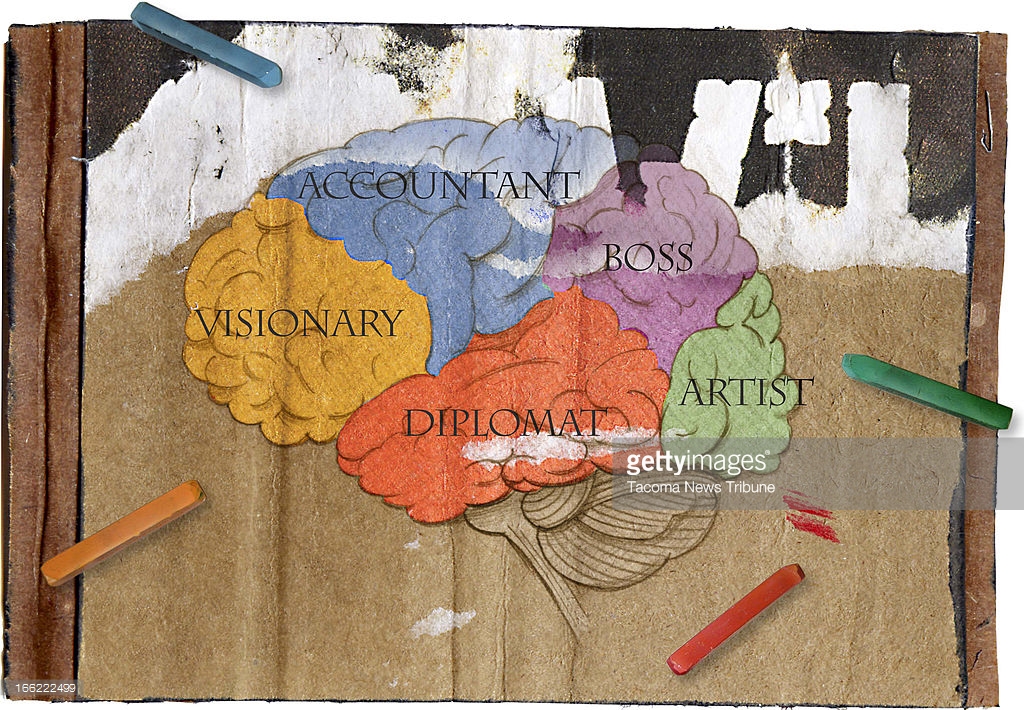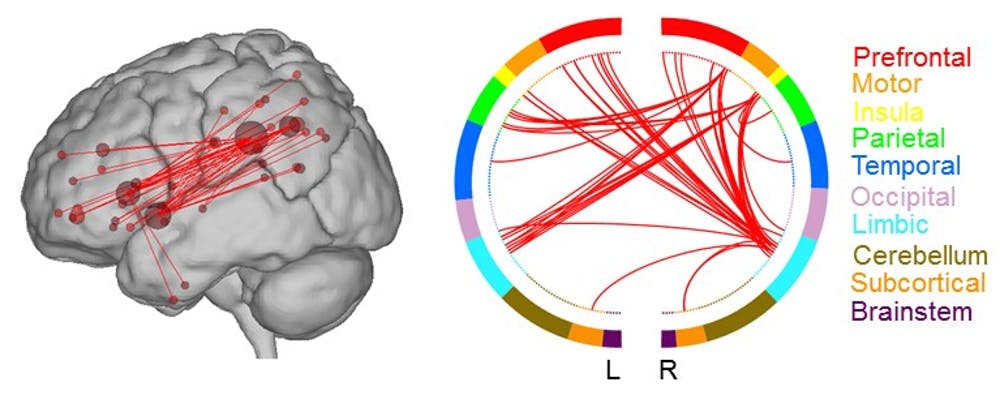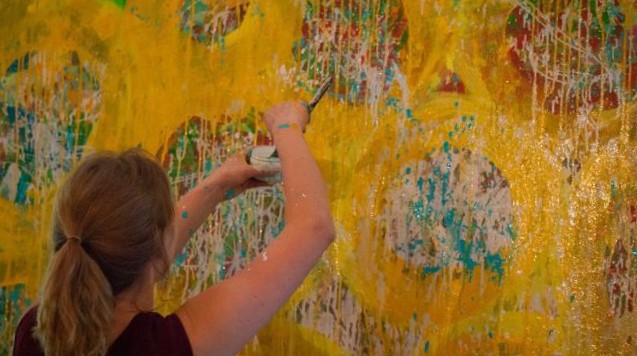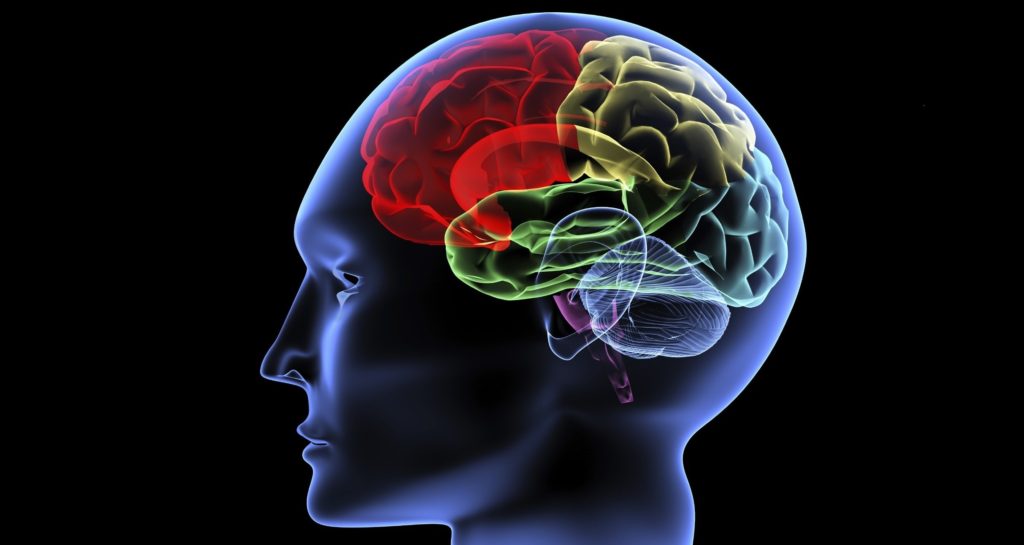Let me begin by saying some people are indeed more creative than others. Why? Before knowing that, we need to search and ask what creativity really is. Is it painting and drawing, or writing a piece of beautiful prose, and poetry, designing a product or may be imaging things related to science, art and businesses. Of course these come in creative arena, but actually, daily chores that we do, requires creativity too, whether its figuring out the shortest way to your home or workplace, or how to make dinner with what you have in your closet and what you wear. Psychology and neuroscience researchers call “Little c” creativity to all such things as making a website, crafting a birthday present or planning an event and coming up with funny jokes etc. On another hand we have “Big C” which counts writing a speech, composing a poem or music and designing a scientific experiment etc. So, here we define creativity as the ability to come up with new and useful ideas. Like intelligence, it is also considered as a trait that everyone- not just creative geniuses like Picasso, Einstein and Steve Jobs to name a few- possesses in some capacity.
Scientists have begun identify thinking processes and brain regions involved with creativity. In recent studies, they got some evidence on what some of our philosophers had already stated that creativity involves an interplay of spontaneous and controlled thinking which is quit complex on mapping. So, it’s a combined activity of spontaneously thinking on brainstorming ideas and deliberately evaluate them to see if it works or not.

Brain Mapping showing different areas more responsible for a particular task. Courtesy-Tacoma News Tribune Getty Images
Despite this progress, the answer to one question has remained particularly elusive: What makes some people more creative than others?
To give an answer to this question a postdoctoral fellow in Cognitive neuroscience, Harvard University gave it a shot. He did an experiment on 170 people with a different background who all gave a test on “divergent thinking” called the alternate uses task, which asks people to think of new and unusual uses for objects. As they completed the test, they underwent fMRI scans, which measures blood flow to parts of the brain.
In a brief to this experiment a person to whom a picture of Socks was shown and asked what he can do with it. So, that person answered that it is used to warm his feet by wearing it on but another person said that it can be used for multi-layered water filtration. His team found that those who scored high in these tests tend to have more creative hobbies and achievements.
After their experiment and fMRI images, they studied brain connections and compared low and high scorer’s brain mapping to come out with brain connections highly relevant to generate original ideas. So, what was happening in that “high-creative” network? The brain regions within the “high-creative” network belonged to three specific brain systems: the default, executive, and salience networks. Default network becomes active when people think spontaneously such as mind wandering, daydreaming, while the executive is used in idea evaluation and to fit them to reach the creative goal. Salience network is used in alternating idea generation and idea evaluation. A feature which is quite interesting is that these three networks never active at the same time but creative people are better able to co-activate brain networks that usually work separately.

Two renderings show the lobes of the brain that are connected in the high creative network.
Credit- Roger Beaty
Some questions still remain unanswered like whether these networks are malleable or relatively fixed. Does taking drawing classes lead to greater connectivity within these brain networks? Is it possible to boost general creative thinking ability by modifying network connections?
All these questions will certainly find their answers in future with another set of questions. One thing we can say about human is that he is uncertain, so is his destiny. The answer about changing our brain network lies in the fact that we can give shape to things on our will.

Out of inner silence and no-mind comes effulgence of creativity.
All the above things are the subjective and scientific, we were taking to define creativity. But all the subject comes from the mind. So essentially, in my verdict to understand creativity and to be creative, the things should come out of no-mind, out of silence within you, that it has a spontaneity. It is not prearranged, preprogramed, pre-thought. As you are creating something, you go on being surprised yourself-you have left yourself in the hands of existence. Well, creative people would understand this. This is why our best ideas come when we least expect them.
